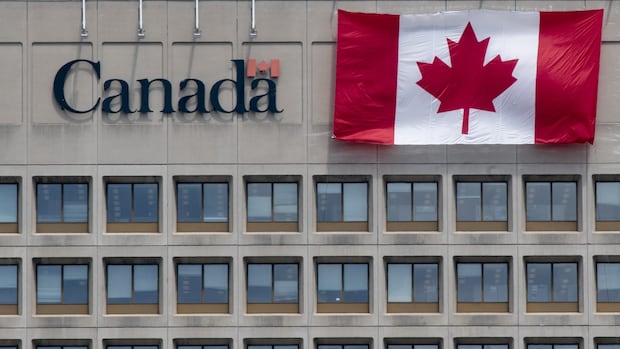Average number of sick days taken by public servants growing post-COVID, new data shows

Federal public servants have shown a decrease in sick days during the peak of the COVID-19 pandemic, according to recent data released by the Treasury Board of Canada Secretariat. In the fiscal year 2020-21, when most office employees were working remotely due to the pandemic, the average number of sick days taken by public servants was 5.9. However, as the situation improved and employees began returning to the office, the number of sick days increased to 8.1 in 2021-22, 8.8 in 2022-23, and 9.2 in 2023-24.
During the pandemic, many employees were able to work from home even when they were feeling unwell, which may have contributed to the decrease in sick days. Dr. Alykhan Abdulla, a family doctor and board director of the College of Family Physicians of Canada, noted that reduced exposure to germs was a key factor in the decline in sick days. However, as more people return to the office post-pandemic, sick days may be on the rise again due to increased exposure and reluctance to return to in-person work.
Abdulla also mentioned that various factors such as delayed healthcare, increased exposure, mental health issues, and financial struggles could lead to a further increase in sick days beyond pre-pandemic levels. The Treasury Board clarified that the average sick days usage includes individuals who did not take any sick leave as well as those who used up accumulated sick leave before accessing long-term disability benefits.
Employees at federal departments like the Canada Border Services Agency and Correctional Service Canada consistently recorded higher sick day usage between 2017-18 and 2023-24. A survey of federal public servants indicated that employees at these organizations were less likely to recommend their workplace as a great place to work.
The Government of Canada website states that full-time employees typically earn sick leave at a rate of just over nine hours per month. Sick leave with pay is granted to employees who are unable to perform their duties due to illness or injury, provided that their condition is verified by the employer and they have sufficient sick leave credits.
Catherine Connelly, a professor and business research chair at McMaster University, suggested that remote workers may encounter fewer germs as they are not commuting or interacting closely with colleagues. She also noted that working from home allows individuals to rest more if they are feeling slightly unwell, potentially preventing the need for extended sick leave.
Overall, the data indicates a shift in sick day usage among federal public servants during the pandemic and post-pandemic periods, highlighting the impact of remote work on employee health and well-being.




